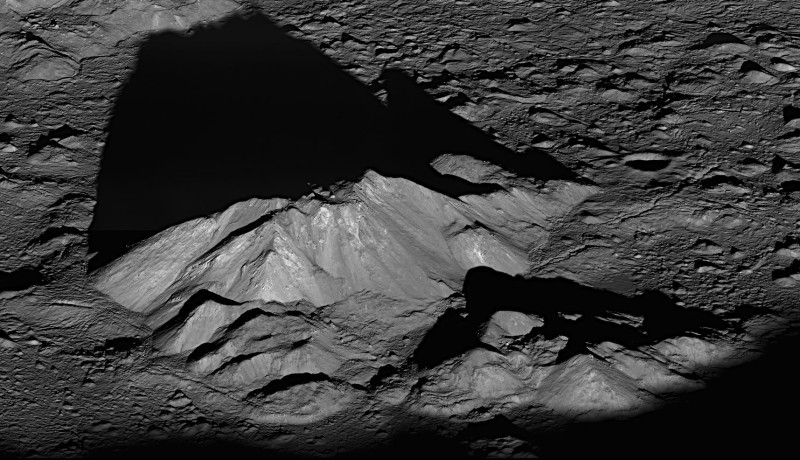Crowdsource Search for Extraterrestrials, Says Cosmologist
December 28, 2011
on
on

Finding irrefutable proof of the existence of extraterrestrial life would constitute a paradigm shift in how we think about ourselves and the universe. Paul Davis, cosmologist and theoretical physicist, proposes to open up new ways to search for signs of alien intelligence.
“The Search for Extraterrestrial Intelligence (SETI) has a low probability of success, but it would have a high impact if successful”, writes Davis in an article published in Acta Astronautica.
So far, most of the SETI projects are focused on radio signals. Radio antenna’s scan space for deliberately beamed radio messages which would be evidence of technologically advanced life forms.
In addition to the established SETI projects, Davis proposes to have databases analyzed by volunteers. Space exploration produces large amounts of data. It is possible that one of these databases already holds proof of alien existence. But because nobody is looking for it, it hasn’t been found.
In his paper Davis takes the photographic mapping of the moon by the Lunar Reconnaissance Orbiter (LRO) as an example. The database of these images is already made available on the internet. It would take little effort to coordinate a crowdsourced search for signs of unnatural disturbances of the moon’s surface or even remnants of alien technology.
SETI enthusiasts could be invited to examine the images and report back on those that seem out of the ordinary. Flagged images could be peer-reviewed by the community and when it’s judged that they indeed depict something unusual they could be passed on to professionals for further examination.
Davis is Director of the Beyond Center for Fundamental Concepts in Science at Arizona State University and wrote over 20 popular books on physics and cosmology. The article was co-authored by undergraduate student Robert who works as a research technician in the Lunar Reconnaissance Orbiter Science Operations Center.
Via physorg.com
Image: Taken by the Lunar Reconnaissance Orbiter Camera courtesy of NASA
“The Search for Extraterrestrial Intelligence (SETI) has a low probability of success, but it would have a high impact if successful”, writes Davis in an article published in Acta Astronautica.
So far, most of the SETI projects are focused on radio signals. Radio antenna’s scan space for deliberately beamed radio messages which would be evidence of technologically advanced life forms.
In addition to the established SETI projects, Davis proposes to have databases analyzed by volunteers. Space exploration produces large amounts of data. It is possible that one of these databases already holds proof of alien existence. But because nobody is looking for it, it hasn’t been found.
In his paper Davis takes the photographic mapping of the moon by the Lunar Reconnaissance Orbiter (LRO) as an example. The database of these images is already made available on the internet. It would take little effort to coordinate a crowdsourced search for signs of unnatural disturbances of the moon’s surface or even remnants of alien technology.
SETI enthusiasts could be invited to examine the images and report back on those that seem out of the ordinary. Flagged images could be peer-reviewed by the community and when it’s judged that they indeed depict something unusual they could be passed on to professionals for further examination.
Davis is Director of the Beyond Center for Fundamental Concepts in Science at Arizona State University and wrote over 20 popular books on physics and cosmology. The article was co-authored by undergraduate student Robert who works as a research technician in the Lunar Reconnaissance Orbiter Science Operations Center.
Via physorg.com
Image: Taken by the Lunar Reconnaissance Orbiter Camera courtesy of NASA
Read full article
Hide full article


Discussion (0 comments)